Good afternoon friends! Anyone who uses cosmetics understands perfectly well that their long shelf life requires the presence of preservatives (parabens). Otherwise, pathogenic microorganisms, mold, and various bacteria multiply, and no self-respecting cosmetic brand can allow this. We have to resort to the use of certain parabens, since similar preservatives have not yet been invented today. Let's find out what parabens are in cosmetics and how they can harm us?
Parabens - what are they?
Parabens are a number of chemical components used in the cosmetics industry, medical preparations, and less commonly in the food industry. They have antibacterial and antifungal properties and are important for extending the shelf life of various products that require preservatives. In scientific terms, parabens are a series of esters of para-hydroxybenzoic acid. This acid can be found in natural components, and parabens are exclusively chemical derivatives. Any cosmetic product contains a water base and various herbal additives in the form of oils, esters, and extracts. Their long-term storage after opening the package exposes the product to the rapid proliferation of bacteria, as a result of which it becomes unusable. In order for the products to have the proper appearance and retain their declared properties for a long time, parabens are added to them in order to prevent the growth of bacteria. Otherwise, their absence would have a detrimental effect on the condition of our skin, nails and hair. One thing is for sure, they are not toxic, but their negative side has not yet been fully identified, which is probably why there is a skeptical attitude towards them.
How to determine the presence of parabens in cosmetic products
This couldn't be easier; just look at the ingredients listed on the label of your products. Some components of cosmetic products are designated on the labels by the letter E with a specific digital value. For example: E214-ethylparaben, E216-propylparaben, E218-methylparaben, butylparaben, benzylparaben, isopropylparaben, isobutylparaben.
It is necessary to understand that it is impossible to detect all preservatives in one product at once. Which one is used depends on what the product is intended for. The lowest percentage of parabens is found in decorative cosmetics. The greatest difference is between products with oily and liquid textures. You may be surprised, but the presence of parabens is in all of these products:
- In shampoos, hair styling products
- In shower gels
- Men's cosmetics. Aftershave, foams, gels
- Various creams
- Liquid soap
- Toothpastes
- Eau de toilette, perfume
- Children's cosmetics
- Decorative cosmetics
- Medicinal products
The presence of parabens has been noticed not only in our cosmetics industry; countries in Europe, Asia and America similarly use them in their cosmetic products.
Positive aspects of parabens
Despite all the controversy about their dangers, they are currently among the most effective preservatives.
- Their use significantly increases the shelf life of cosmetics, medicines and food products while maintaining all useful qualities and appearance.
- More often, preservatives do not provoke allergic outbreaks and are calmly accepted by the body.
- Due to the low price of the preservative, the final product has an affordable price with high quality products.
Harm or benefit of parabens in cosmetics, their effect on the body
Many researchers ask this question, but, unfortunately, they cannot get a concrete answer. Why are parabens dangerous in cosmetics? There is an assumption that they tend to accumulate in the body, negatively affecting hormonal levels, and can lead to serious diseases. It's all about preservatives, similar to the female hormone estrogen. And excess estrogen negatively affects some people, especially women during pregnancy. A high level of estrogen can provoke disturbances in the development of the fetus and disruptions in further reproductive activity.
With a large accumulation of preservatives in the body, the risk of breast, uterine and testicular cancer in men increases.
Paraben preservatives have the ability to increase the negative effects of the sun. They affect DNA molecules, causing the skin to age too quickly. As a result of applying care products, the opposite effect is obtained.
Allergic reactions to them are rare, but no one can completely rule them out. Therefore, although in isolated cases, there is a possibility of occurrence.
A high proportion of guilt regarding their presence and harm to health relates to deodorants. This mistrust of them was caused by a number of studies in which traces of parabens were identified in the analysis of breast cancer tumors. The cause of preservatives entering the body was supposedly deodorants. Later, a refutation immediately arises: the composition of deodorants does not contain a preservative, therefore, does not require parabens. As they say: “How many people, so many opinions.” Some really refute the harm of parabens, others are persistently confident in their negative impact, and are looking for an alternative to them.
Alternative to synthetic parabens
Cosmetic manufacturers have long been looking for a replacement for synthetic parabens. But unfortunately their attempts do not produce positive results.
Even the composition of decorative cosmetics includes parabens; at the moment this is the only effective remedy that can prevent the proliferation of pathogenic bacteria and is suitable in all respects. It is especially beneficial to use from the point of view of price interests.
Any cosmetics, one way or another, require preservatives. Whether they are natural or synthetic depends on the manufacturer. Nature has not deprived us and has offered several alternative natural preservatives, for example: extract from grapefruit seeds, birch leaves, pine bark, tea tree oil, eucalyptus oil, propolis and seaweed, fatty alcohol or alcohol. The most common is grapefruit extract, but its downside is its high cost, and naturally affects the high price of the final product. There is also a possibility of individual intolerance, which sometimes provokes allergic reactions. And no matter how much we praise natural preservatives, they also have their negative sides. In addition to allergic reactions, the skin can react negatively to essential oils or alcohol components, causing excessive dryness and causing a deterioration in its appearance.
Considering parabens, in this case they are suitable even for people with sensitive skin, and have very rarely been seen to cause negative reactions.
If natural preservatives are used in cosmetics, their shelf life does not exceed two or three weeks, exclusively in the refrigerator.
The high popularity of using parabens is explained by their low cost and effectiveness. At least this is a better option than previously used for these purposes, even more harmful formaldehyde preservatives. Evidence of this is science, which does not stand still, and there is a possibility of the invention of more advanced and safe preservatives.
Children's cosmetics - the danger of parabens
Unfortunately, children's cosmetics are no exception to the rule regarding paraben content. The preservatives used in the products affect the hormonal system of children. The use of creams with parabens negatively affects the health of boys, testosterone levels decrease. Children's bodies are more susceptible to the effects of carcinogens due to their low body weight. Because of this, you should be doubly careful when choosing children's products in order to protect your baby from exposure to harmful additives.
Are there cosmetics without parabens?
Numerous controversies and speculation surrounding the effects of parabens on the body have prompted cosmetics manufacturers to find a way out of this situation. As a result, cosmetic products labeled “free-paraben” began to appear on store shelves like mushrooms. This inscription says that the product does not contain parabens. Can this be trusted?
After some thought, the producers cunningly resolved the situation. In fact, everything is much simpler than it seems. All they had to do was replace the names of these parabens with others, and as a result, everything remained in its place. For example, they replaced methylparaben with methyl paraoxybenzoate, ethylparaben-ethyl paraoxybenzoate, etc. These are the transformations with the disappearance of parabens. After all, in fact, the shelf life of the products has not changed, therefore, the composition of preservatives remains the same. And since no other analogues have yet been invented, pay careful attention to the composition of the labels of the products you purchase.
Is there a way out in organic cosmetics?
Horrible horror stories about the dangers of these preservatives force many women to switch to organic cosmetics, with the hope of purchasing gentle products. But this is another self-deception. Any cosmetics with a shelf life exceeding three weeks indicate that they contain parabens. In the case of organic cosmetics, the percentage of parabens is significantly reduced. Manufacturing companies simply cannot afford to use only natural preservatives; this significantly affects the high cost of ingredients, and accordingly production becomes unprofitable.
Be careful when buying organic cosmetics. Pay attention to its shelf life. You need to understand that the minimal inclusion of parabens in cosmetics reduces its shelf life.
In European countries, paraben standards are strictly defined and reduced to the lowest possible levels of 0.4% - when one preservative is included and 0.8% when several are included.
Nowadays, the production of cosmetics is simply impossible without the use of preservatives. To completely eliminate them from products, it is necessary to radically change the production system, and only some companies are capable of this. But there is a high probability of such changes in the future, since the demand for safe cosmetics is growing every year.
Manufacturers of cosmetics claim that the low percentage of parabens does not cause any harm to the human body. Whether you trust such statements is up to you. After all, any business implies high income with the smallest share of costs.
How to protect yourself from parabens
To at least slightly reduce your contact with parabens, follow the minimum rules:
- To ensure the safety of the products you use, use homemade cosmetics whenever possible. So you will probably know the composition of a cream or face mask, especially since natural cosmetics are becoming more popular. And as natural preservatives, it’s easy to choose the one that suits your preferences and skin type, since there is a large list of them, for every taste.
- In summer, at high temperatures, it is better to avoid applying products with parabens to avoid interaction with the sun's rays, thus protecting your skin from premature aging.
One way or another, it is very difficult to completely avoid the use of parabens, since they are present in many of the products we consume. But research continues and there is hope that in the near future we will be able to be completely confident in the safety of the products we use.
What is your opinion about these preservatives? Share in the comments. If the article was useful to you, share it with your friends on social networks by clicking on the button. Be healthy!
Share "Parabens in cosmetics - what are they? Why are they dangerous for the body"
The modern world actively uses preservatives. Many products from various areas of production must retain their properties for a long time, which is necessary not only for the actual application, but also at all stages of the production cycle and transportation of the product to the consumer.
Preservatives come to the rescue. Methylparaben, isolated in 1925 from blueberries, is rightfully considered one of the most harmless.
Dear readers! Our articles talk about typical ways to resolve legal issues, but each case is unique.
If you want to know how to solve your specific legal problem - contact the online consultant form on the right or call +7 (499) 110-27-91. It's fast and free!
What is methylparaben?
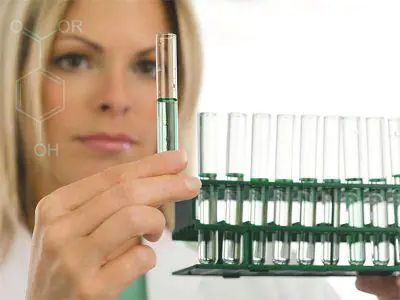
Parabens are esters of parahydrobenzoic acid that have pronounced fungicidal and bactericidal properties. (read about where parabens come from, what they are and where they are contained, and from this article you will learn why they are needed in cosmetics, as well as which manufacturers produce cosmetics without these harmful substances).
Methylparaben is one of the representatives of this series, differing from its “brothers” by easier dissolution in water and other solvents, rapid absorption, metabolization, destruction and removal from body tissues, as well as more pronounced activity against mold fungi, unlike ethylparaben, active against gram-negative bacteria and propylparaben, active against non-mold fungi.
Often found in nature, it has been found in cranberries, strawberries, blueberries and blueberries. In the first half of the 20th century it was obtained synthetically.
Its main properties are bactericidal and fungicidal properties, caused by interaction with the membranes of the cells of these organisms, disruption of the permeability of these membranes, and slowing down the absorption of glucose and proline by bacterial and fungal cells.
That is, when interacting with methylparaben, as a result of nutritional deficiency and removal of toxins from cells, these organisms die, which in turn allows the properties of the product to be preserved.
In human tissues, approximately 30% of the compound is destroyed immediately, the rest is processed by the kidneys and excreted naturally, and does not accumulate in healthy tissues of the body. In nature, psic acid bacteria.
Where can I meet you?
Due to its unique properties, nipagin (another name for the compound) is actively used in the food, pharmacological and cosmetic industries. In the food industry is called sodium methylparaben - preservative E-218 and is found in:
- jelly casings of meat products;
- confectionery products such as preserves, jams, confitures and some types of baked goods;
- breakfast cereals;
- instant soups, not to mention various mayonnaises, ketchups and sauces.

The pharmaceutical industry uses methylparaben to preserve the properties of soft dosage forms (ointments, creams, gels, liniments, suppositories), liquid (drops, syrups, suspensions, tinctures, decoctions) and even dressings.
It can be found in such well-known drugs as the antiviral ointment Acyclovir, the anti-inflammatory drug Diclofenac or the cough syrup Codelac.
The cosmetics industry also actively uses methylparaben. It can be found in creams, gels, shampoos, rinses, conditioners, toothpastes, deodorants and decorative cosmetics.
Why is it dangerous?
For all their positive properties, the reputation of parabens and methylparaben in particular turned out to be pretty spoiled. And here's what:
Methylparaben and breast cancer.The very first thing that comes to mind when you hear the word “paraben” is the research of Philippa Darbre, who found that in breast cancer samples of the upper outer quadrant of the affected organ there was a high content of methylparabens. She associated this fact with the use of deodorants containing this compound as a preservative.
However, studying samples taken from patients with this disease and not using deodorants, the picture turned out to be the same, and mammologists claim that the localization of tumors most often turns out to be in this place (outer upper square), which is due to the increased content of adipose tissue there.
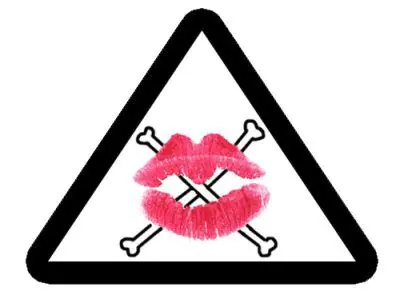
Estrogen-like activity.
It is believed that methylparaben, when ingested into the body, is capable of converting into xenoestrogens, that is, it has estrogen-like activity. This frightened many consumers, since everyone had heard about estrogen-dependent forms of cancer, the effect of this female sex hormone on the health of a pregnant woman (both mother and fetus) and a decrease in sperm production and activity in men.
Studies conducted in the USA have shown that, unlike other parabens that have scanty hormonal activity, methylparaben does not have this property at all.
The sun's friend is the skin's enemy.
Another blow was dealt to cosmetics by methylparaben. It is capable of enhancing the negative effects of ultraviolet radiation, which accelerates the aging process, causes pigmentation and is even capable of changing the structure of the DNA of the surface epithelium, which in turn leads to mutations in the skin.
As it turned out, this property can be easily stopped by introducing a sun protection factor into the product (both SPF and PA, which ensures a more effective effect of the product, since in combination with the moisture-retaining properties of methylparaben, protection against chrono- and photoaging is more effective)
Allergy.
Despite the hypoallergenic nature of the compound, in a number of people with hypersensitivity to this substance, it can cause an allergic reaction, expressed in itching, redness and other manifestations.
Toxicity.
Most often, consumers of various products are afraid of the toxic properties of certain preservatives. Studies on rodents conducted in 2004 in the USA showed that methylparaben is practically non-toxic, is not able to accumulate in human tissue cells and is freely excreted from the body naturally.
conclusions
Thus, the following conclusions can be drawn about methylparaben:
- It is quite harmless, found in gifts of living nature, easily destroyed in the human body and soil, and has no tendency to accumulate in healthy tissues. In comparison with other types of preservatives, it is non-toxic and does not have carcinogenic or allergenic effects.
- Research and the harm of the compound remains in question.
- Since the manifestation of bactericidal and fungicidal properties does not require a high content of methylparaben in the product, its concentration is usually not high. A content of methylparaben in human tissue of no more than 10 mg/kg body weight is considered safe.
- May appear under the name methylparaben, E-218, nipagin, para-hydrobenzoic acid methyl ester, para-hydroxybenzoic acid methyl ester, methyl 4-parahydrobenzoate.
- Approved for use in most European countries and Russia.
Didn't find the answer to your question? Find out, how to solve your particular legal problem - call right now:
+7 (499) 110-27-91 (Moscow)
+7 (812) 385-74-31 (Saint Petersburg)
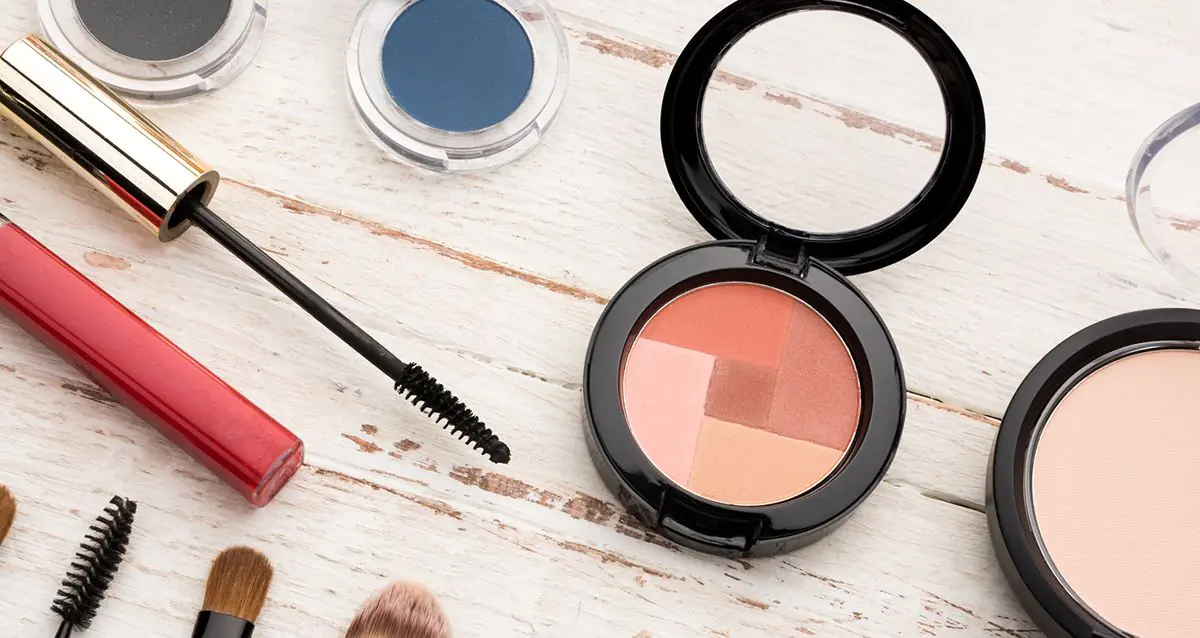
“The most important thing is to look completely natural; but this requires a lot of cosmetics.”
Calvin Klein
Are you constantly looking for the treasured inscription on the packaging: “Paraben-free”? Are they really that bad, or is it just another marketing ploy for sophisticated buyers? Before we pass our verdict on them, let's take a closer look at the properties of these ingredients, find out what scientists say, and understand whether it's worth spending more money on super-natural cosmetics without adding the notorious parabens.
In simple words, parabens are chemical preservatives with excellent antiseptic effects. They have been used for a very long time not only in the beauty industry, but also in the food industry and pharmaceuticals. They extend the shelf life of cosmetics and prevent the growth of bacteria.
Parabens are synthesized artificially or obtained from plants such as lingonberries, sorrel and cranberries. The results are quite natural parabens! So why were they classified as dangerous? The fact is that scientists, studying breast cancer, found a high concentration of parabens in tumors, linking this with the use of appropriate cosmetics, for example, roll-on antiperspirant.
It was just a hypothesis that was enough to turn half the world against parabens. But there is no official confirmation of the harm from this substance yet.
Among the advantages of parabens, one can note their stabilizing function. They allow you to maintain the desired consistency of any product and ensure the harmonious coexistence of various components within the composition. Although manufacturers highlight the absence of parabens in bold on the packaging, very little is required to perform its function. If we talk about the disadvantages of parabens, they can cause allergic reactions. Although, compared to essential oils and organic acids in cosmetics, which themselves are strong allergens, the likelihood of getting a negative reaction on the skin from parabens is much lower.
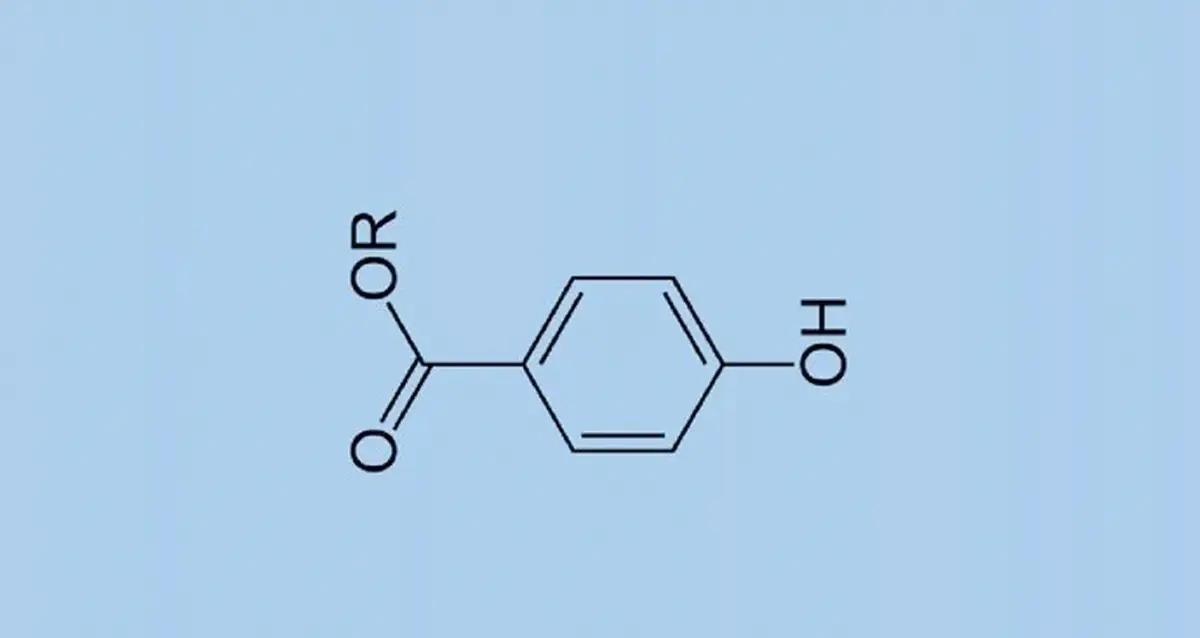
Most often, parabens are found in cosmetics containing water, that is, with a cream, liquid or gel texture. A humid environment promotes the growth of bacteria, and parabens prevent this.
Let's highlight several categories of cosmetics with parabens:
- foundation
- Concealer
- Mascara
- Lip gloss
- Liquid shadows
- Liquid highlighter and bronzer
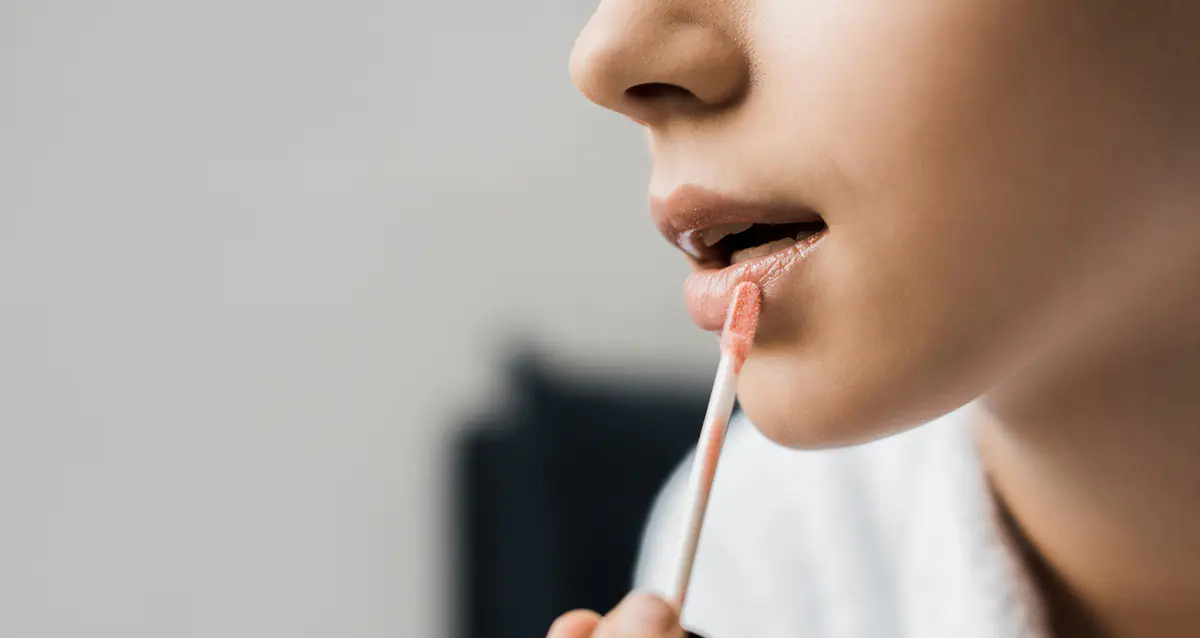
Whether to buy cosmetics with parabens or not is up to you. If you want to avoid risks, you can opt for organic products labeled paraben-free. But keep in mind that natural preservatives used to increase the shelf life of the composition are ineffective and can cause allergic reactions. And yet, 75% of cosmetics contain this controversial ingredient - paraben. And scientists have never proven its harm. We are inclined to believe that this is a clever advertising move and nothing more!
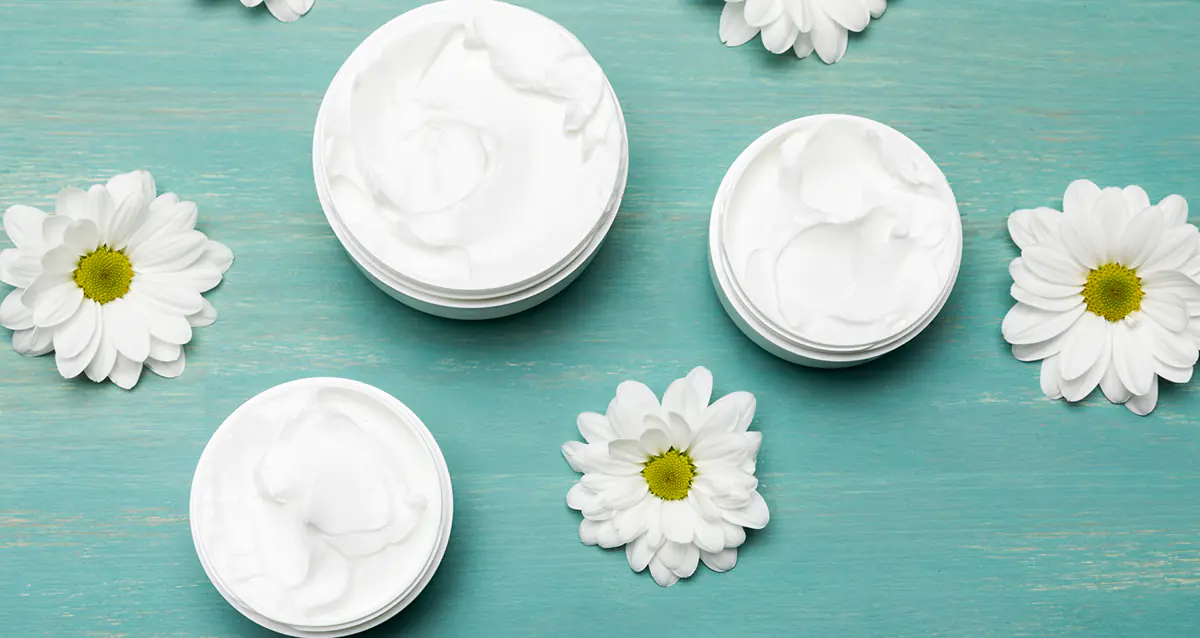
With or without parabens, all girls want to look beautiful and young. Therefore, read our review of eye creams that have proven their effectiveness. Maybe you'll find your favorite among them!



